by EUGENE LOUIS BOUDIN (1824-1898) sales to $2,200,000
Large 19th Century French impressionist view of the windmill at Zandaam, Netherlands, oil on canvas by Eugene Boudin. Excellent quality and condition signed bottom left. In untouched condition on its original stretched and canvas. Presented in an antique gilt frame.
Measurements: 22" x 18" framed approx
Provenance: A Private London Collection
Artist Biography
The son of a mariner, Eugène Boudin initially considered becoming a marine pilot. However, a year after his family settled in Le Havre, in 1835, he began work as an apprentice at a printing/publishing house, then in a stationery firm, where he stayed until he was 18 before setting himself up in the same business. Passionate about drawing and painting, he was given encouragement and advice by the painters Millet, Isabey, Couture, Troyon and Masurier, whose pictures he exhibited in his shop windows. In 1846 he left his shop, devoting himself fully to art. Several changes of fortune then followed. First, in 1847, he moved to Paris, where he spent many hours in the Louvre. Secondly, the desire to escape the upheavals of the 1848 Revolution forced him to travel throughout northern France and Belgium, giving him the opportunity to study the Old Flemish masters. In 1851, Le Havre Municipal Council awarded him a three-year scholarship, which he spent in Paris and, primarily, in Honfleur. Many years of patient effort, application and hard work ensued, documented in numerous sketches and drawings conscientiously depicting his travels and his thoughts. From the outset, Boudin's work is marked by his desire to paint the actual scene before his eyes, and not to impose imaginative elements; thus, he attempts to translate the ever-changing spectacle of the skies and clouds racing over the sea directly into pastel, watercolour or oil. In 1855, he made his first trip to Brittany, to the Finistère area, where he was often to return during his lifetime. His subjects there included the indoor and outdoor markets, festivals, people leaving mass and the Breton pardons or religious festivals, as well as the wild, rocky coasts, characterized by far darker hues and more threatening skies than the coastline of his native Normandy. In 1858, he made the acquaintance of Claude Monet, who was staying at Le Havre. Boudin gave Monet a taste for painting en plein air, and continued to be associated with him for the rest of his life. In 1859, he met Courbet and Baudelaire, the latter of whom was the first to acknowledge his talent, in Salon of 1859. Around 1860, Boudin decided to settle permanently in Paris. He worked for Troyon, preparing the skies in his compositions, and was acquainted with Corot, Daubigny and later Jongkind, whom he particularly admired. During the Franco-Prussian War of 1870-1871 he fled to Belgium, where he produced many fine paintings, notably in Antwerp in 1871 and 1872. On his return to Trouville in September 1871, his works sold readily. He worked until his strength was exhausted, painting his last picture in Beaulieu in 1898. In May, he was taken back to Paris, then to Deauville, where he died by the sea on 8 August 1898.
Boudin first exhibited in Paris in 1857, at the Concert Musard, at the age of 35, with Alexandre Dumas purchasing two works. In 1859, he made his Salon debut, going on to exhibit regularly there until 1897. In 1874, he took part with Nadar in the first Impressionist Exhibition in Paris, and his reputation was firmly established from then on. From 1881, the art dealer Durand-Ruel bought the majority of his works and regularly organised exhibitions. In addition to the pictures that Boudin sent to the Salons, his works were included in many other exhibitions, of which only those organised by Durand-Ruel are cited here - 1883: 150 paintings; 1889: 89 paintings; 1891: 33 paintings, 35 pastels, 190 drawings; 1898 (in New York): 49 paintings; 1903(New York): 39 paintings; 1923: 66 paintings; 1927: 44 paintings; 1929 (New York): 33 paintings; 1933 (New York): 30 paintings; 1936: 20 paintings. Following his death, a retrospective exhibition of his works was organised at the Paris École des Beaux-Arts in 1899, which included 364 paintings, 73 pastels and 20 watercolours. After almost a century without a retrospective exhibition of his work, the town of Honfleur paid a great tribute to him in 1992. Boudin had not seen many such acknowledgements during his life. In 1881, he was awarded, for the first time, a third-class medal at the Salon, subsequently receiving a gold medal at the 1889 Exposition Universelle. He was finally made a Chevalier of the Légion d'Honneur in October 1892.
From 1862, and on the advice of Isabey, who had been Boudin's tutor (though other sources state it was at Baudelaire's instigation) he painted elegant women on the fashionable beaches, especially Trouville, which could be reached by rail. These motley crowds were often depict












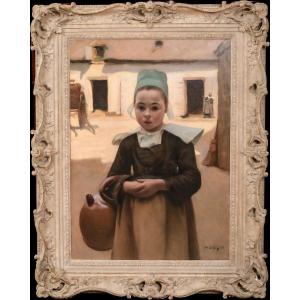



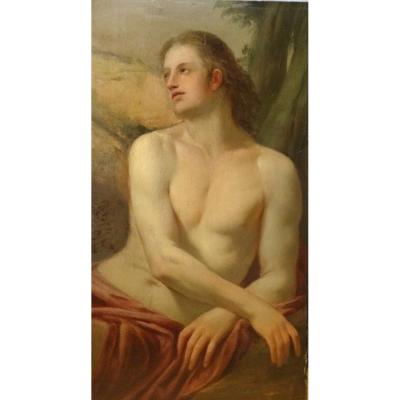

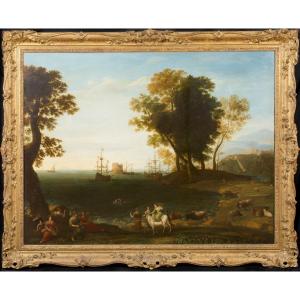



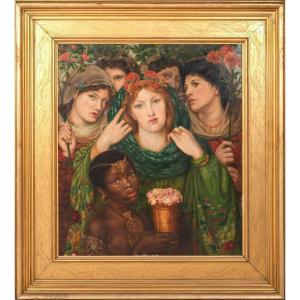
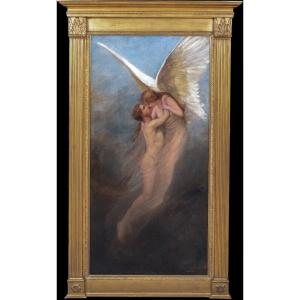
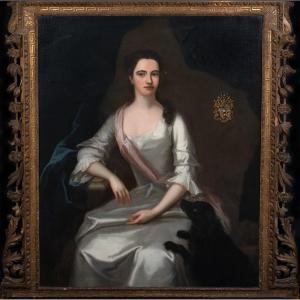

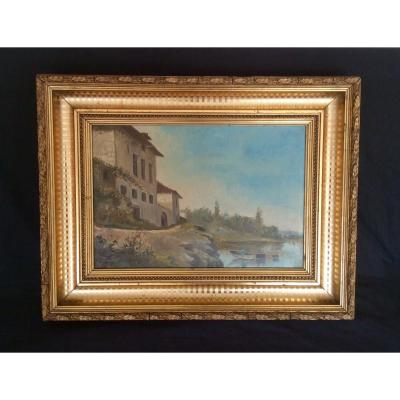

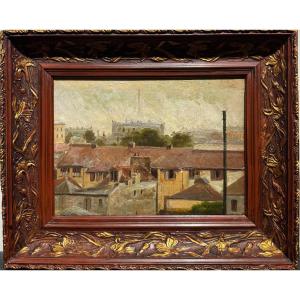
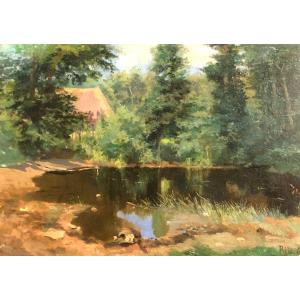




 Le Magazine de PROANTIC
Le Magazine de PROANTIC TRÉSORS Magazine
TRÉSORS Magazine Rivista Artiquariato
Rivista Artiquariato